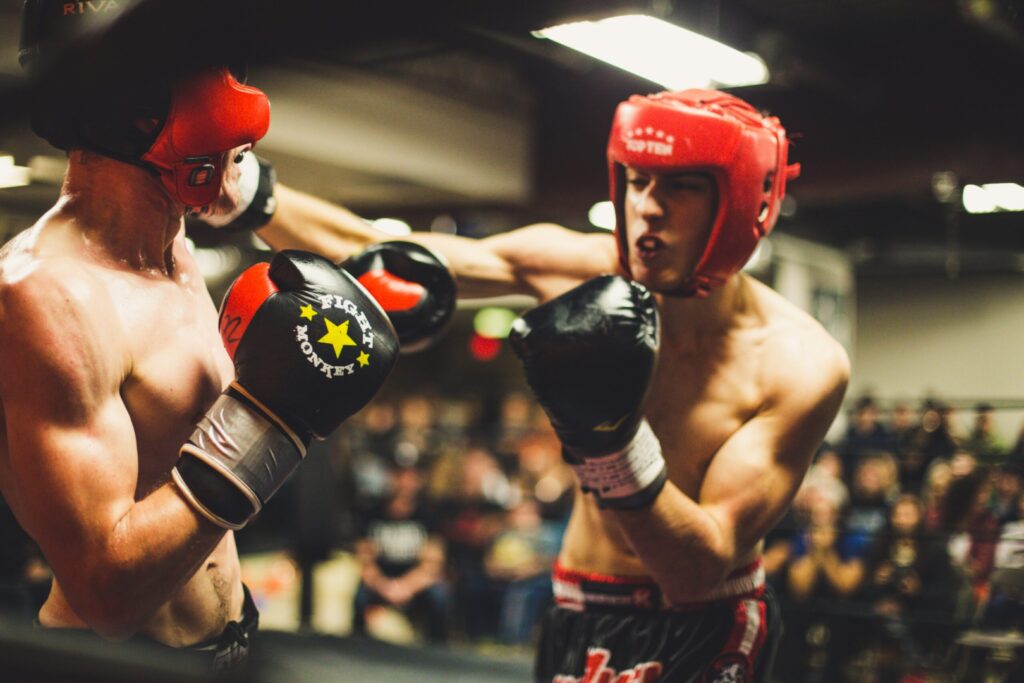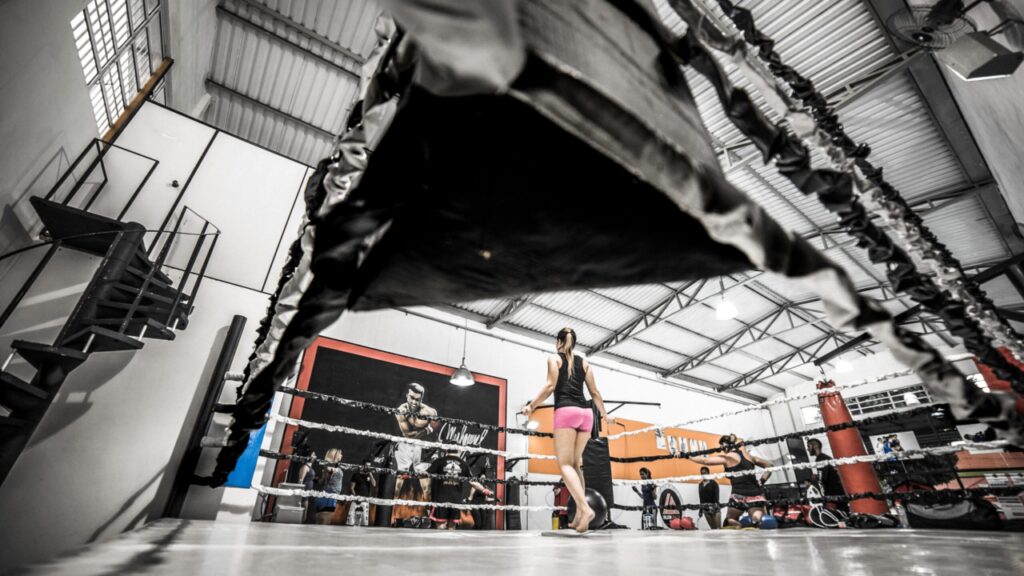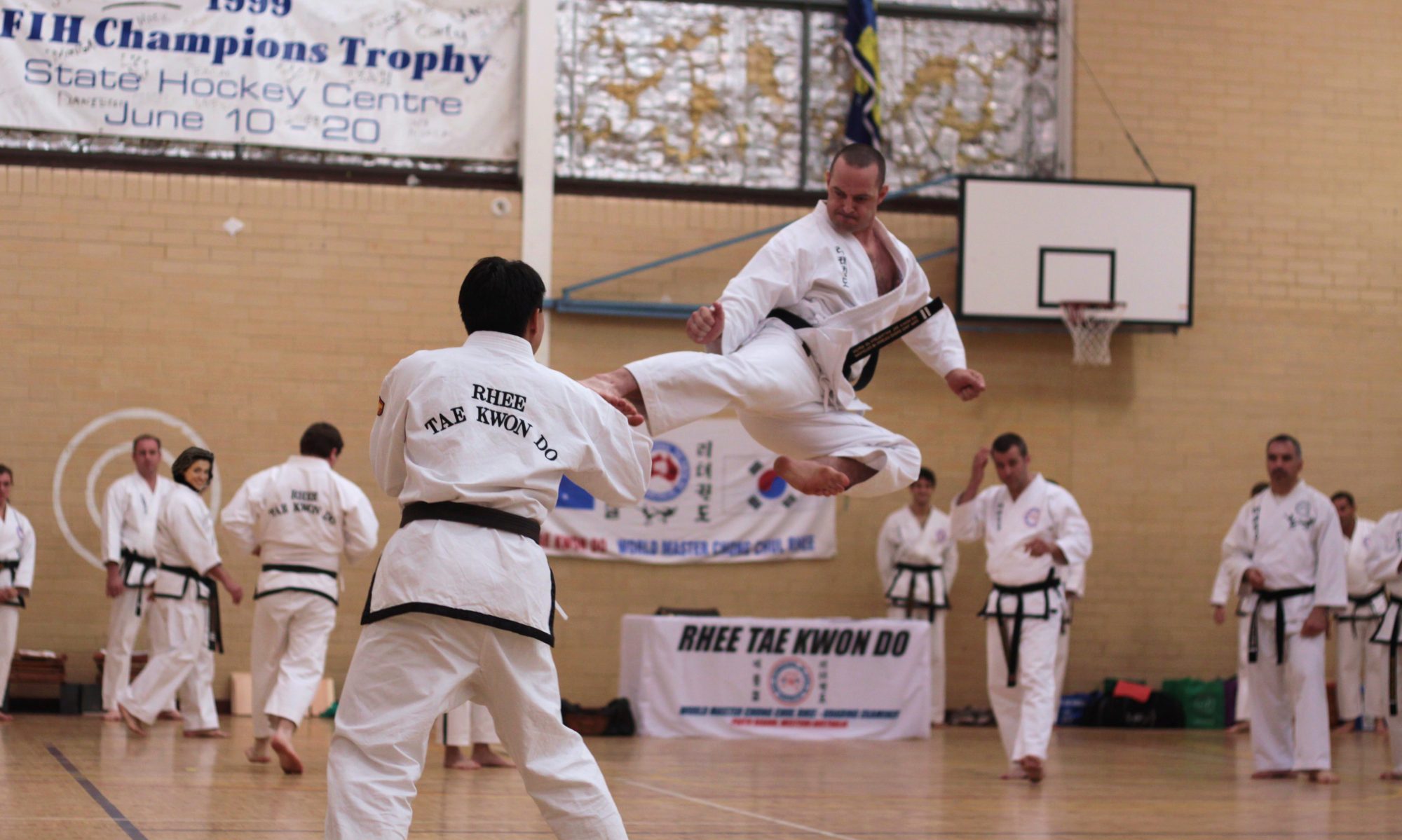The world of martial arts is a fast-paced and exciting one. There’s nothing quite like watching your students develop their skills, get stronger and more agile with each passing day. As an instructor, martial arts risk assessment can be vital in protecting your business and ensuring the safety of your students.
How to manage risks in your martial arts school
- Identify the risks
- Evaluate the risks
- Control the risks
- Monitor the risks
A good risk management plan will help you to avoid many of the risks that can cause problems for your business. However, there are some risks that are out of your control. You should have a contingency plan in place if something unexpected happens. Having insurance is an important part of this. Contact us for more information.
Consider safety protocols
Safety protocols are a vital part of any martial arts school. A few examples of safety protocols to consider include:
- Reviewing safety protocols with your instructors on a regular basis and ensuring that they are enforced by the head instructor and followed by all other instructors.
- Implementing safety protocols with student and parent participation, including all students, parents, and other staff members.
- Establishing a system for handling injuries so that the right steps can be taken immediately if someone has an injury during class or practice time.
- Don’t overpopulate your gym. A crowded gym is more likely to have accidents.
- Use high quality gear for protection such as mouthguards and headgear
- Do not allow students to spar unless they are comfortable and experienced enough to do so safely
- Implement a protocol in the case of concussions and other injuries.


Consider training equipment
As you consider equipment for your school, it’s important to keep in mind the age and skill level of your students. For example, children under 10 years old should not be practicing striking techniques or sparring with adult-sized equipment.
Also, consider the type and price of the equipment in relation to its lifespan. If you have high-quality equipment that will last for years but costs more up front than low quality gear that must be replaced every few months, make sure you look at the long-term cost as well as short term savings.
When purchasing new protective gear (such as headgear or mouth guards), choose ones that are high quality and durable, so you know they’ll work well, and they’ll be less likely to have injury-causing defects. If possible, try out several styles before making a final decision on what works best for each member of your class.
Consider hydration
Did you know that staying hydrated is important for your students’ health and performance? Dehydration can pose serious risks for martial arts students, so it’s important to keep them hydrated throughout their training and competition.
When a student is dehydrated, they may experience symptoms such as weakness, fatigue, or nausea. If they don’t get enough fluids before training or during training sessions, they’re at greater risk of being injured. The same goes for competitions! If a student doesn’t drink water during competitions (or even just practices), then they’re more likely to be injured during the match.
Dehydration can also make it harder for students to focus on learning new skills or sparring with other students in class—so staying hydrated helps to ensure everyone stays safe both inside and outside of school hours.
Consider hygiene and sanitation
Cleanliness and sanitation are important in martial arts. In fact, they’re essential. There are many places where cleanliness and sanitation can be overlooked at a martial arts school. Consider the following areas:
Equipment:
Schools may have a variety of equipment, such as punching bags, weights, ropes, and protective gear. These items should be cleaned after each use to help prevent infections from spreading among students who use them regularly.
Floor & Wall Mats:
Mats used for grappling or sparring often get dirty quickly due to sweat and bodily fluids that get on them during training sessions. Schools should ensure that mats are cleaned after each session, so they remain sanitary for new users every time someone trains on them again.
Bathrooms and Changing Rooms:
These locations can be difficult to keep clean because they’re used by many people throughout the day. Keeping on top of this can help to reduce any potential spread of infections such as staph.


Consider abuse
It’s important to note that abuse can take many forms. In addition to physical abuse, there is also verbal and emotional abuse that can occur in martial arts schools. It’s important that instructors safeguard students from all types of abusive situations. Students may be subject to violence at home or school, and instructors must ensure their safety during training sessions.
In addition, if you own a business, you’ll want to protect your employees from workplace violence by implementing procedures for reporting incidents as well as conducting employee trainings about appropriate behaviours at work.
Other risk you need to consider
Remember that as a martial arts school, you’re not just on the hook for potential physical attackers. You also need to consider risks of fraud, theft and other legal action from students and parents.
In addition to these common-sense tips for managing risk in your business, be sure to ask one of our brokers at Combat Sports Insurance about our policies covering these risks, as well as risks you cannot control such as arson or flooding.
Ensure you’re protected with the right insurance
The first step in protecting your business is making sure you have the right insurance for martial arts schools. Here’s what to look for:
- Liability coverage
- Workers’ compensation coverage
- Property damage insurance, including equipment, vehicles, and other assets
- General liability coverages can help you avoid gaps in protection that could leave your business vulnerable to loss or litigation costs.
- Business Interruption insurance
- Read our blog “What you need to know about martial arts club insurance” for more information.
The right martial arts insurance can help you affordably protect your business and the people who depend on it. It’s important to have the right coverage in place so that if an accident occurs, there are no gaps in protection. Contact us at Combat Sports Insurance today to learn more about our policies and how they can benefit your school.

